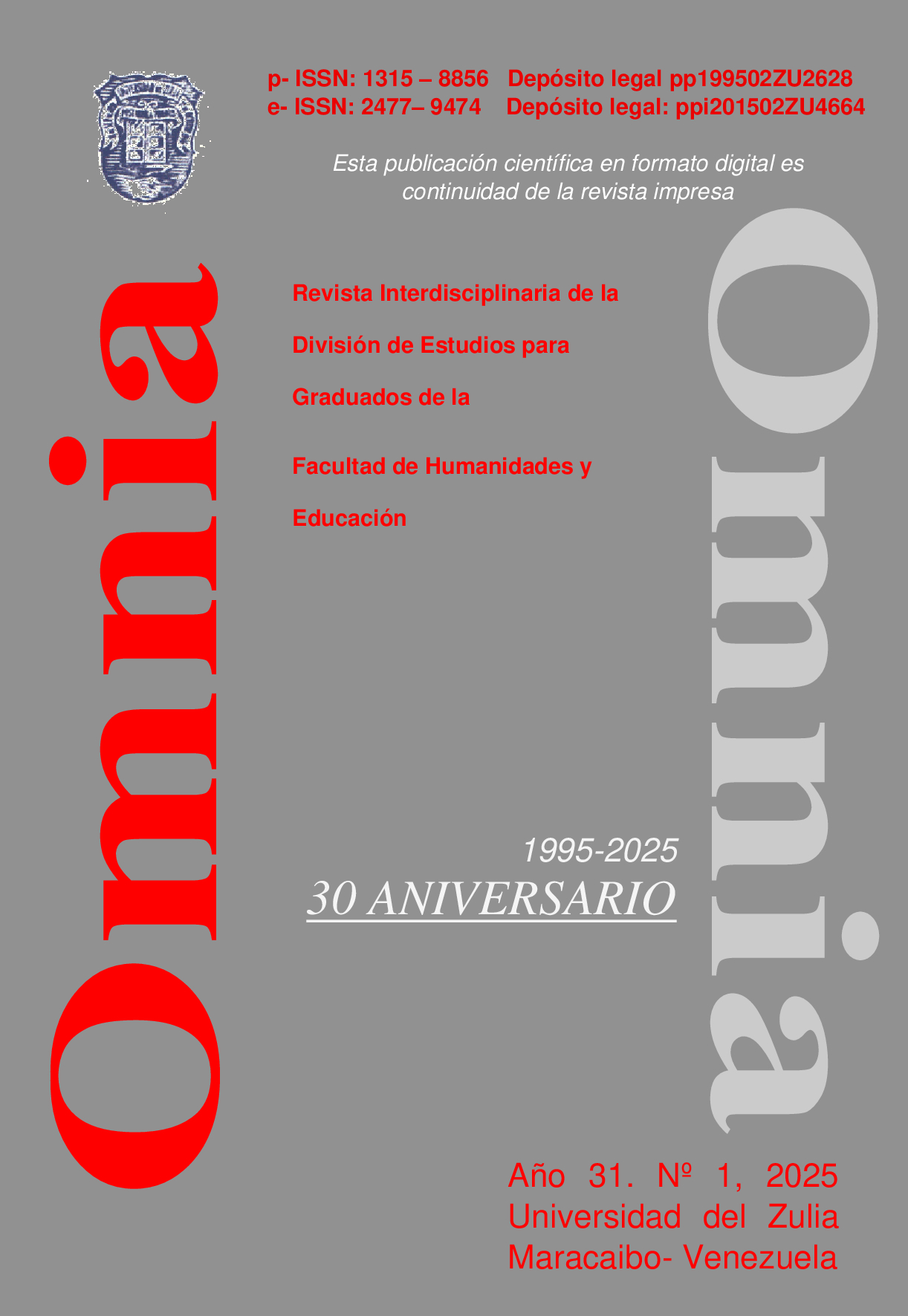The nursery as a learning strategy in the context of an open classroom towards sustainability at the Rafael Belloso Chacín University (URBE)
Abstract
Research on the nursery as a learning strategy at the Rafael BellosoChacín University (URBE) seeks to awaken the interest of students in sustainability issues by relating plant care to their educational context. An action research methodology is implemented that begins with a diagnosis to identify students' prior knowledge about ecology, revealing significant interest but limited understanding. Through collaborative workshops, the cultivation of native species is planned, integrating sustainable development content. The dissemination of the results generates support in the university community, establishing a long-term maintenance plan that involves future students and local organizations. This approach not only encourages interest in ecology but also promotes teamwork and responsibility, allowing students to learn actively and meaningfully, developing essential skills for their comprehensive training and their role as responsible citizens
Downloads
References
Colmenares Ana y Piñero María Lourdes (2008). La investigación ac-ción. Una herramienta metodológica heurística para la compren-sión y transformación de realidades y prácticas socio-educativas. Laurus, 14 (27), 96-114. ISSN: 1315-883X. Recuperado de: https://www.redalyc-.org/articulo.oa?id=76111892006.
Hernández Escorcia, Ruben., Rodríguez Calonge, Escilda y Barón Rome-ro, Sirly (2020). El Entorno Natural como espacio de aprendizaje y estrategia pedagógica en la escuela rural. Fortalecimiento de las competencias de las ciencias naturales y educación ambiental en estudiantes del grado 9° en el municipio de la Unión–Sucre Co-lombia. Revista De Estilos De Aprendizaje, 13 (25), 29–41. https://doi.org/10.55777-/rea.v13i25-.1491.
Parra, Keila (2014). El docente y el uso de la mediación en los procesos de enseñanza y aprendizaje. Revista de Investigación, 38 (83), 155-180. Recuperado. https://www.redalyc.org/articulo.oa?id=3761/37614039
8009.
Pascal, Edison; Vásquez, Helimar y Vásquez, Ronny (2021). Propuesta didáctica para el estudio de la biodiversidad por medio de la teoría de conjuntos. REDHECS: Revista Electrónica de Humanidades, Educación y Comunicación Social, ISSN-e 1856-9331, Vol. 29, Nº. 18, 2021, págs. 44-56. Disponible en: https://scholar.google.es/citations?-view_op=view_citation&hl=es&user=sr6OmxEAAAAJ&sortby=pubdate&citation_-for_view=sr6OmxEAAAAJ:4TOpqqG69KYC.
Sánchez, Francisco y Pontes, Alfonso (2010). La comprensión de con-ceptos de Ecología y sus implicaciones para la educación ambien-tal. Revista Eureka sobre Enseñanza y Divulgación de las Cien-cias, 7 (1), 270-285. Disponible en: https://www.redalyc.org/articulo.oa?id=920/-92013009010.
Sotillo, José (2020). Uso Del Vivero Como Estrategia en La Educa-ción Ambiental. Tesis de Maestría en Producción Agrícola. UNELLEZ. Portuguesa. Disponible en: https://es.scribd.com/document/-456010769-/USO-del-vivero-como-estrategia-en-la-educacion-ambiental.





